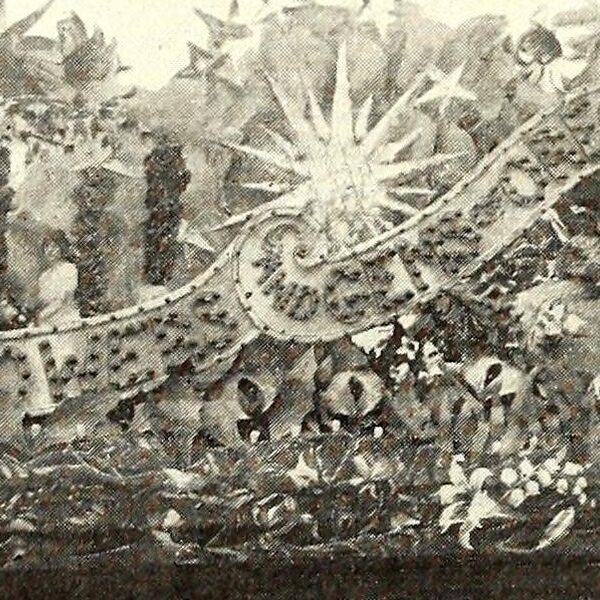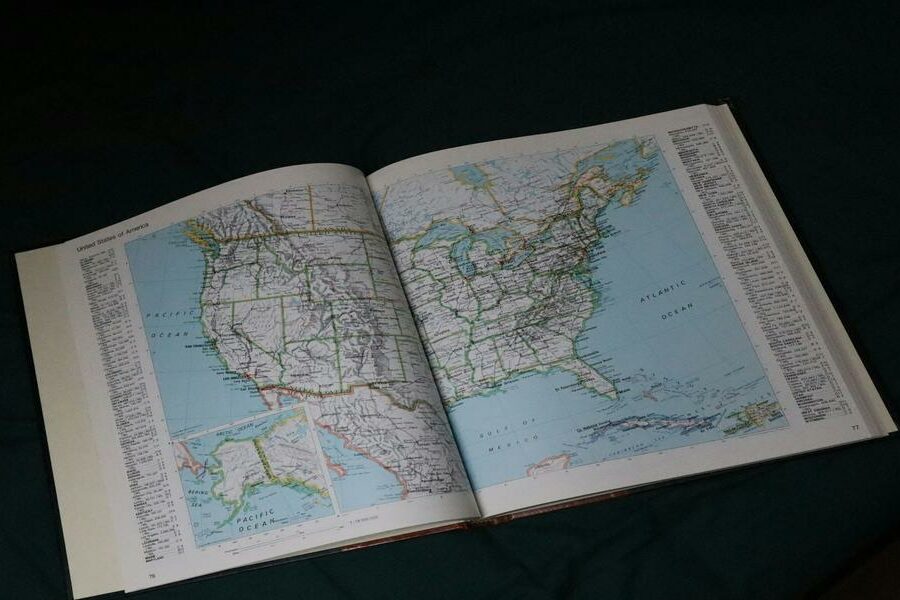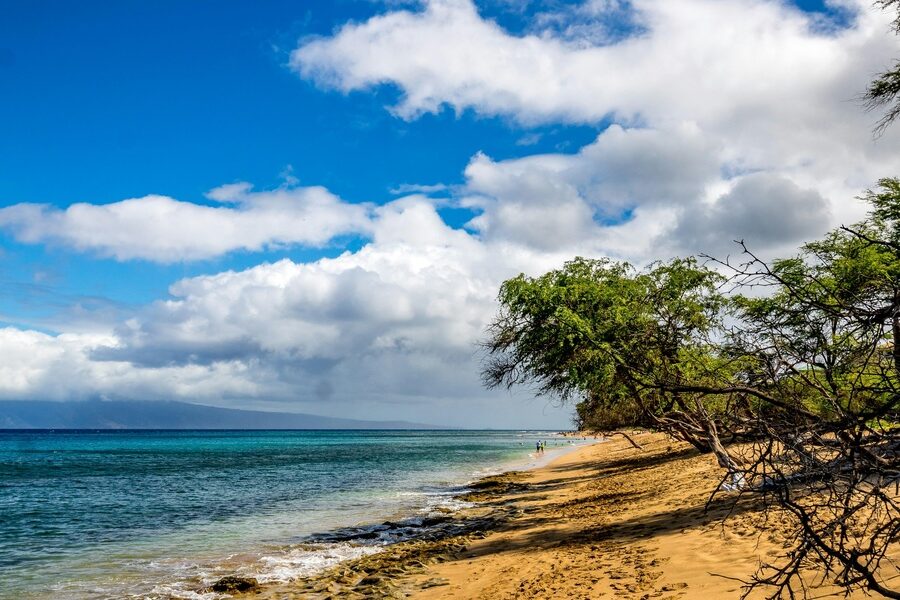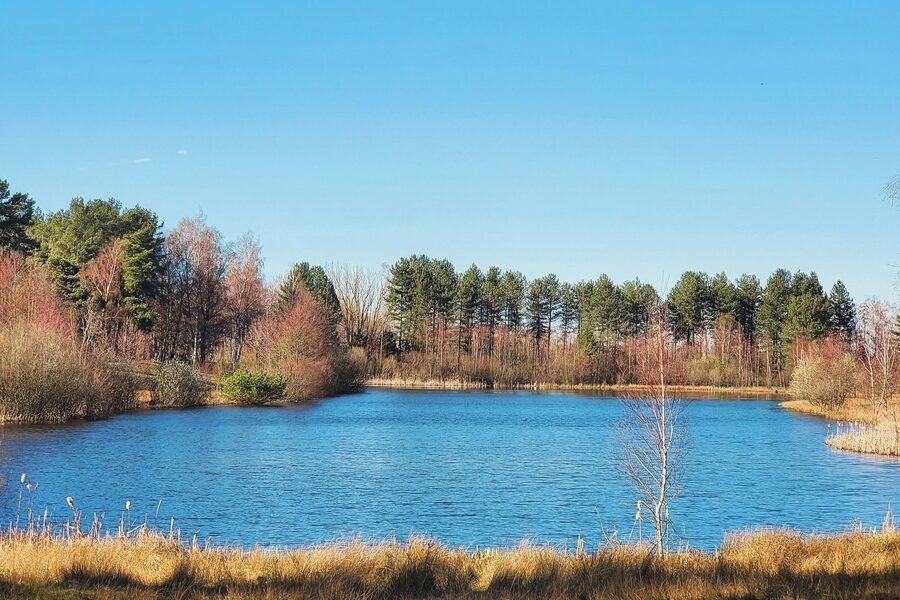The history of border towns spans centuries of trade, migration and cultural exchange. Border settlements can be small river crossings, twin cities that share commerce and family ties, or larger urban centers shaped by international flows of goods and people. They vary widely in size, economy and daily life, but many serve as gateways where immigration, customs and local culture meet. Understanding these communities reveals how national borders influence regional economies, identities and infrastructure.
Context
Historically, many border towns grew where geography or treaties established a line between nations — rivers, lakes and surveyed lines often mark those boundaries. In North America, treaties such as the Treaty of Guadalupe Hidalgo and the Oregon Treaty resolved large stretches of the continental border and set the stage for later settlement patterns. Over time, border communities have served as hubs for cross-border trade, seasonal and daily commuting, and cultural exchange. Federal agencies manage official crossings, customs and immigration processes, while local governments focus on commerce, transportation links and binational cooperation. Contemporary significance includes roles in international supply chains, tourism, and community ties that cross a political line but preserve blended languages, cuisines and traditions.
Scope and coverage
This collection encompasses border communities across different U.S. states, highlighting a range of types: small rural crossings, mid-sized towns with local trade, and large metropolitan areas that function as international corridors. Coverage will touch on geographic settings (river, coastal, land crossings), economic roles (trade, manufacturing, tourism), infrastructure (bridges, ports of entry) and cultural characteristics (bilingualism, festivals, shared institutions). The goal is to present the diversity of places that sit along national boundaries and the practical topics that matter there — transport, commerce, daily life and cross-border ties.
Little-known facts about border towns:
- Many official land crossings are managed by U.S. Customs and Border Protection, which operates facilities tailored to passenger, commercial and pedestrian traffic.
- Some border areas form twin-city regions where metropolitan life spills across the boundary, creating shared labor markets and services.
- Rivers such as the Rio Grande and waterways in the Great Lakes region serve both as natural borders and vital transportation corridors.
- Border economies often include specialized industries—cross-border manufacturing, logistics and retail—shaped by trade agreements and local demand.
- Cultural life in border communities frequently reflects bilingualism, mixed cuisine and festivals that draw people from both sides for family and commerce.
- Infrastructure commonly includes international bridges, ports of entry and checkpoint facilities, all of which influence traffic patterns and local planning.





